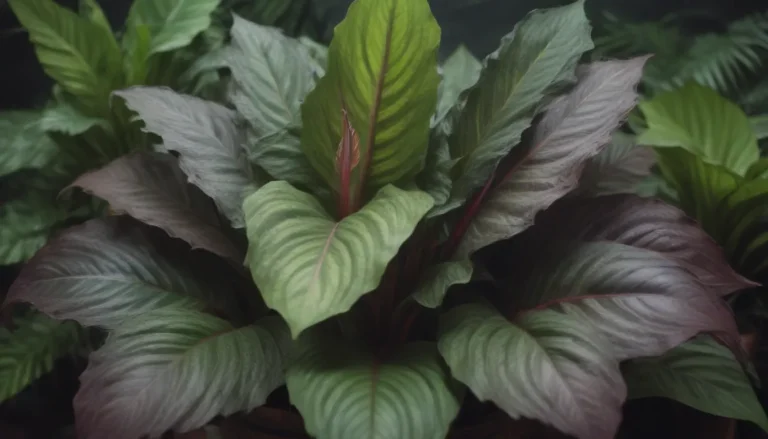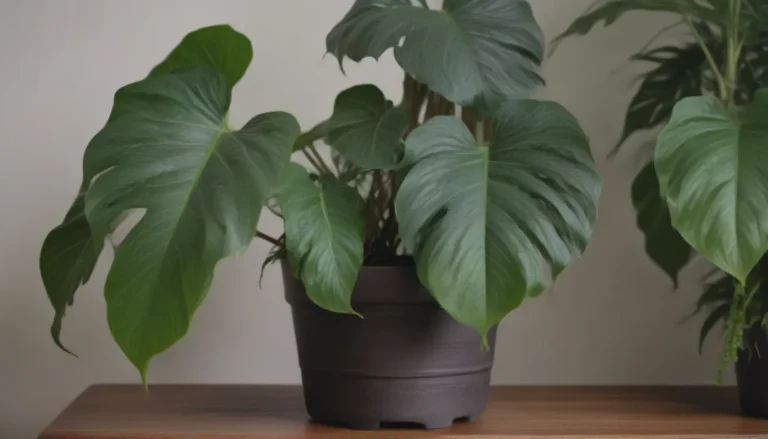Understanding the Difference Between Conifers and Evergreens

When it comes to landscaping and gardening, understanding the difference between conifers and evergreens can be key to creating a beautiful and functional outdoor space. While these terms may seem interchangeable, there are important distinctions to be aware of. Let’s delve into the world of conifers and evergreens to uncover what sets them apart and how to incorporate them into your landscape.
What Is a Conifer?
A conifer is a type of tree or shrub that reproduces by forming cones to contain their seeds, rather than flowers. These cone-bearing plants are commonly referred to as softwoods, with examples including cedar, spruce, fir, and pine trees. Despite the name “softwood,” some conifers are actually harder than certain hardwood trees.
Not all conifers are easily recognizable as such, as some may not have the classic cone appearance. Examples of lesser-known conifers include Maidenhair trees (Ginkgo biloba), Juniper shrubs (Juniperus spp.), Yew trees and shrubs (Taxus spp.), and Arborvitae shrubs.
What Is an Evergreen?
Evergreens are plants that retain their needles or leaves throughout the year, providing year-round color and texture to a landscape. These plants can be trees, shrubs, or even groundcovers. Popular examples of evergreens include Colorado blue spruce trees (Picea pungens), Japanese dwarf pine trees (Pinus parviflora ‘Arnold Arboretum Dwarf’), and Umbrella pine trees (Sciadopitys verticillata).
The term “evergreen” not only describes plants that keep their foliage year-round but can also be used as an adjective to denote a type of tree or shrub that maintains its color during all seasons.
Distinguishing Between Conifers and Evergreens
When comparing conifers and evergreens, it’s essential to understand that the difference lies in how the plant reproduces (conifer) versus how it retains its leaves (evergreen). While many conifers are evergreens, not all evergreens are conifers. A prime example of this distinction is the larch tree (Larix laricina), which appears as an evergreen in summer but sheds its needles in autumn, making it deciduous.
Types of Evergreen Coniferous Trees
Most conifers are evergreens, ensuring that they keep their foliage throughout the year. Examples of coniferous evergreens include the beloved spruce, pine, and fir trees. These trees provide year-round interest and are popular choices for landscaping due to their durability and beauty.
Types of Evergreens That Aren’t Coniferous
Not all evergreens fall into the coniferous category. Many broadleaf evergreens differ from conifers as they reproduce via flowers rather than cones. Examples of evergreens that aren’t coniferous include holly trees (Ilex spp.), magnolia trees (Magnolia spp.), and boxwood shrubs (Buxus spp.).
Choosing Between Conifers and Evergreens for Your Landscape
Selecting the right type of plant for your landscape depends on various factors, including your maintenance preferences, desired aesthetic, and space limitations.
Factors to Consider:
- Maintenance: Some conifers, such as eastern white pine trees (Pinus strobus), can be messy due to their large cones. Consider the upkeep required before planting these trees in areas that may accumulate debris.
- Functionality: Evergreen trees and shrubs can serve as living privacy walls, providing year-round screening for your property.
- Aesthetic Value: Conifers with unique textures and forms can add interest to your landscape, while evergreens offer consistent color and structure.
It’s important to consider your specific needs and preferences when deciding between conifers and evergreens for your outdoor space. Whether you opt for a majestic spruce tree or a compact boxwood shrub, both types of plants have distinct advantages and can enhance the beauty of your garden.
Tips for Growing and Maintaining Conifers and Evergreens
To ensure the health and vitality of your conifers and evergreens, consider the following tips:
- Proper Planting: Follow recommended planting guidelines for each species to promote healthy growth.
- Regular Watering: Maintain consistent moisture levels for conifers and evergreens, especially during dry periods.
- Pruning: Prune dead or damaged branches to encourage new growth and maintain the plant’s shape.
- Fertilization: Apply a balanced fertilizer according to the plant’s specific needs to promote strong roots and foliage.
- Protection: Shield young plants from harsh weather conditions and pests to prevent damage.
By incorporating these practices into your gardening routine, you can ensure that your conifers and evergreens thrive and continue to beautify your landscape for years to come.
Conclusion
In summary, conifers and evergreens play vital roles in landscaping and gardening, offering a diverse array of species to choose from. Understanding the differences between these two categories of plants can help you make informed decisions when designing your outdoor space. Whether you prefer the classic elegance of a conifer or the year-round charm of an evergreen, both types of plants have unique characteristics that can enhance the beauty and functionality of your landscape. Happy gardening!





